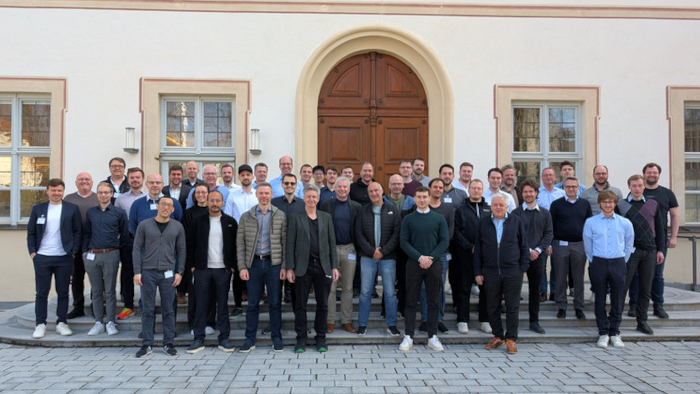FAS Workshop 2025
At the 2025 FAS workshop, which took place in Kloster Irsee, the MRT and its partners FZI, Cariad, and Stellantis contributed with the following papers:
-
Kaiwen Wang, Martin Lauer, and Christoph Stiller: "Adversarial Defense Teacher for Cross-Domain Object Detection under Poor Visibility Conditions", Open Access.
This paper proposes a teacher-student framework that uses adversarial attacks and a Zoom-in Zoom-out strategy to improve cross-domain object detection under poor visibility, achieving state-of-the-art performance on multiple benchmarks. -
Thorsten Herd (Stellantis), Philipp Heidenreich (Stellantis), and Christoph Stiller: "Modified BEVFormer Architecture with Multiscale Cross-Attention", Open Access.
This paper improves BEVFormer for 3D object detection by introducing a multiscale cross-attention mechanism and a layer-wise upscaling of BEV grid features aligned with image resolutions. The enhancements lead to better performance with lower computational cost and reduced risk of overfitting, contributing to more efficient and reliable automated driving systems. -
Fabian Immel (FZI), Richard Fehler (FZI), Frank Bieder (FZI), and Christoph Stiller: "Generation of Training Data from HD Maps in the Lanelet2 Framework", Open Access.
This paper introduces lanelet2_ml_converter, an extension to the Lanelet2 HD map framework that enables unified support for automated driving, machine learning training, and real-time inference using a single map data format. It addresses the lack of a standardized system by providing label generation capabilities and demonstrating usability in map perception tasks. -
Fabian Konstantinidis (Cariad), Moritz Sackmann (Cariad), Ulrich Hofmann (Cariad), Christoph Stiller: "Conditional Prediction by Simulation for Automated Driving", Open Access, Project Page.
This work presents a prediction model for automated driving that captures conditional dependencies between vehicle trajectories to enable cooperative planning. Using a realistic behavior model trained with Adversarial Inverse Reinforcement Learning, it simulates traffic participants and dynamically adapts predictions based on candidate trajectories for the automated vehicle.


